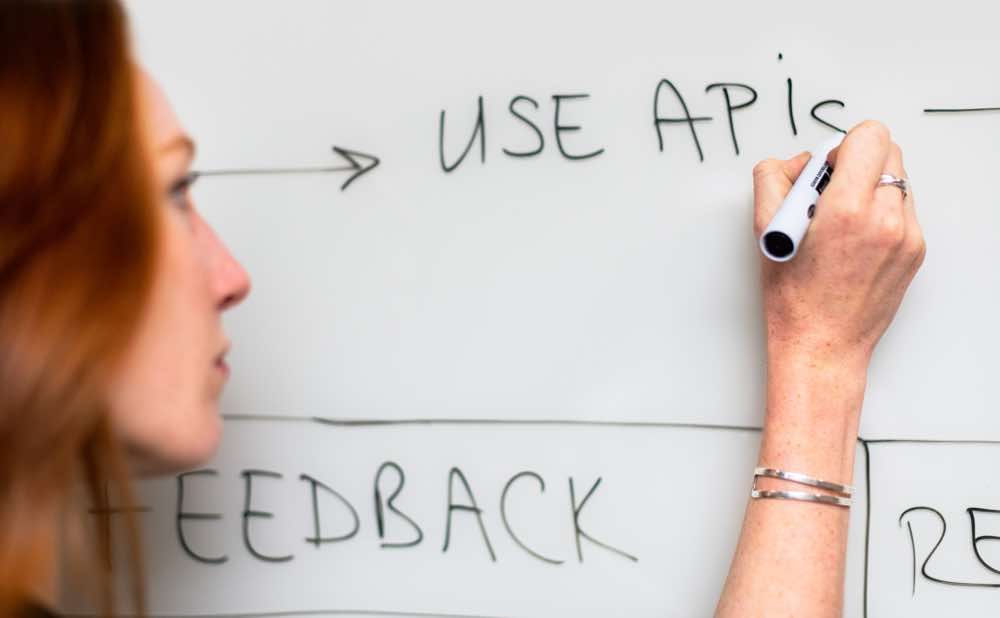If you have the privilege of attending university and are excited about problem solving, you may be interested in building software solutions.
Being a student at university is a great time to build products that serve as a solution to problems the world may face. As a student you have access to incredible resources such as a community of likeminded peers, faculty and staff support, and financial resources like grants. Most importantly, you also have time.
Developing a solution to a real-world problem can be an incredibly rewarding experience. You learn how to identify pain points, work with others to develop a solution, and pitch your ideas to interested parties such as the government, university, investors, and potential customers. Depending on the problem you aim to solve, the product could even become a business.
Software solutions can tackle a broad range of issues. As a student, it is a great time to build technology without the pressure of it needing to generate revenue. Having attended a very entrepreneurial university, I’ve seen plenty of my peers create their own software solutions. Unfortunately, although many of the products or startups were promising, the initiatives ultimately died out upon graduation.
To help you achieve more lasting success with your software solution, I’ve created a list of four (4) tips to help you solve real world problems in a way that is sustainable for the long run.
1. Validate Before Development
A common mistake that young entrepreneurs make is trying to develop a product before formulating and testing a hypothesis about the problem that customers face.
This happens when a student entrepreneur will identify an interesting idea on their own and then immediately begin development. To know you are solving the user’s actual problem, you must validate your market hypothesis.
What does this mean?
Your market hypothesis is a hunch you have about the needs, wants, or problems of your target customers. This hunch may or may not be true.
If you have inspiration for a new website, program, application, or technology feature, it is an idea that you need to present to end users who would actually be using the product. This group of people needs to be central to the conversation and at the heart of the development process.
Conduct market research interviews to understand the pain points that users face in their current day to day.
2. Build Prototypes
As a university student interested in software, you might be keen to get right into development. But what’s the point of building a tool that users are not interested in or don’t find useful.
After conducting market research and identifying a potential solution, develop low-fidelity and then high-fidelity prototypes. This means drawing sketches and presenting them to users. You can use tools like Figma or Canva to develop realistic high-fidelity prototypes to test with users. This can give you incredible feedback to improve the technology before developing it.
3. Leverage No-Code Tools
These days you don’t even need a large team of engineers and designers to build and test out ideas.
If you need to create a website, check out Wix, Weebly, and Squarespace.
If you are building a mobile app, check out Draftbit, Appy Pie, and Adalo.
You can also use Google to search for other platforms that will help you build your startup more quickly and easily.
By using no-code tools, you can spend less time on developing the technology and more time on trying to solve real problems faced by the end user.
4. Leverage Internal Resources
Many universities with business departments will have an entrepreneurial resource center to support student builders.
Touch base with business professors that have startup experience or are heavily connected with internal offices to learn what your school may offer.
Universities may offer startup incubators, free legal support, no-term grants, and access to technology tools. By talking to a professor or school administrator in the business space you can get a deeper understanding of what your university can offer.
Final thoughts
Building technology products is an incredible learning experience, especially during university. To make the most out of your development experience, keep users in the loop from the beginning, use prototypes to test ideas, and no-code tools to develop more quickly.
I’m excited for you to get to work!
Zuhair Imaduddin is a Senior Product Manager at Wells Fargo. He previously worked at JPMorgan Chase and graduated from Cornell University.
Image: Pexels
